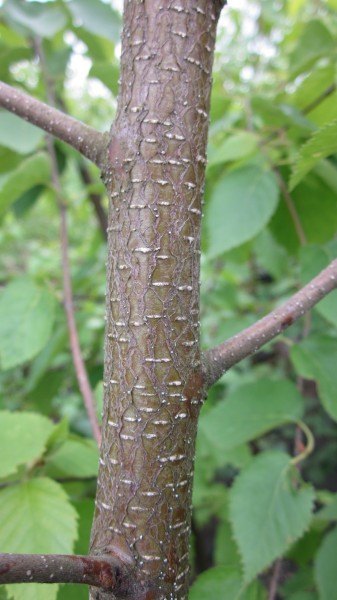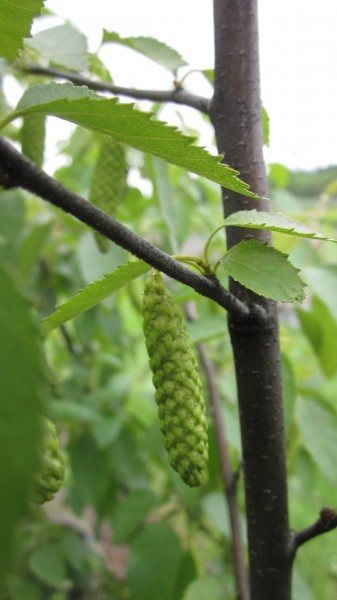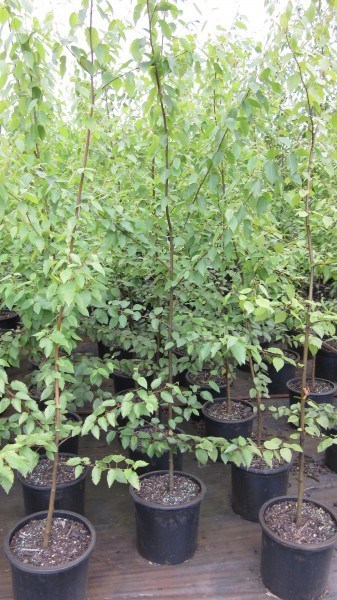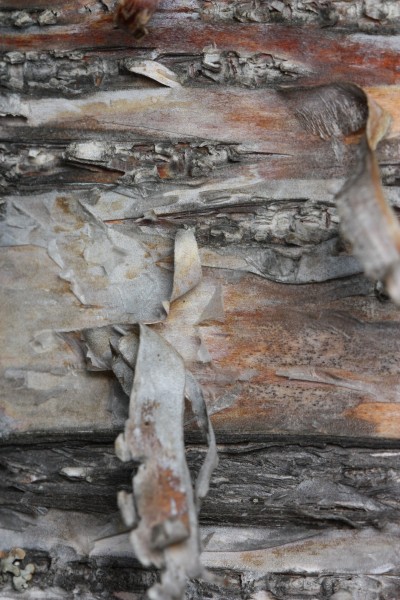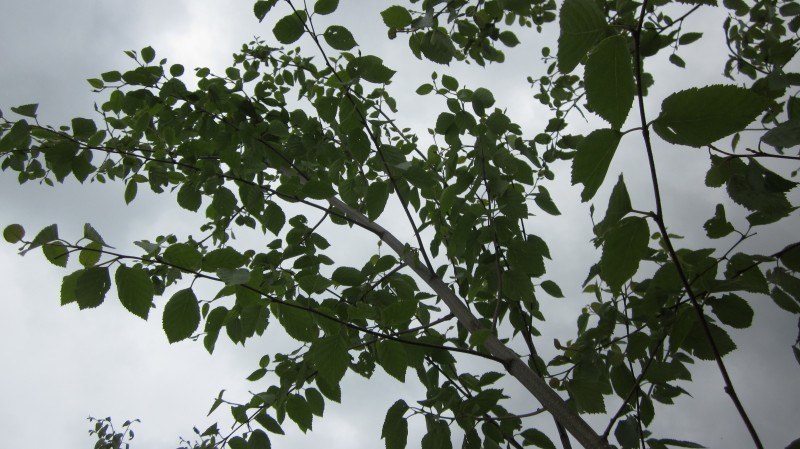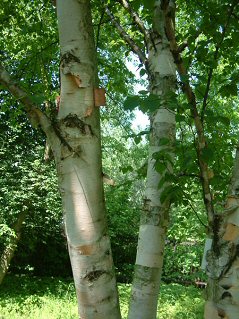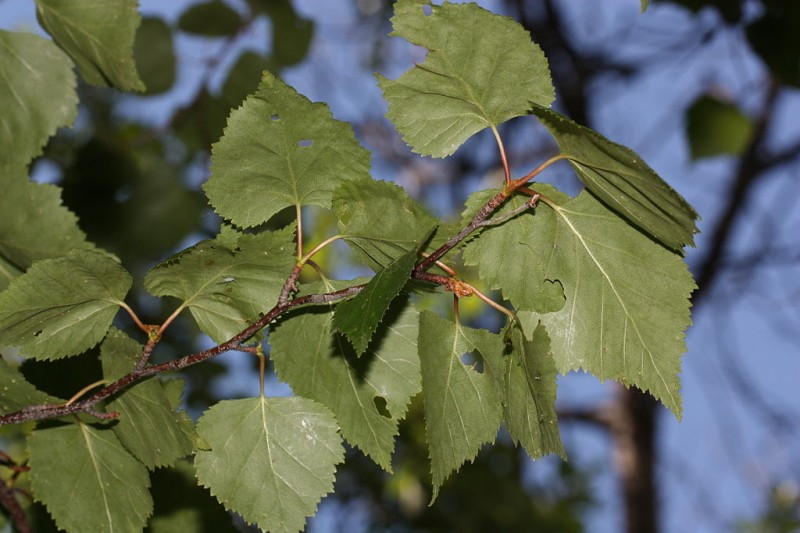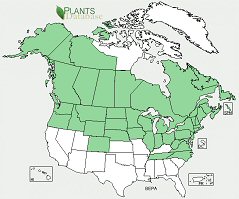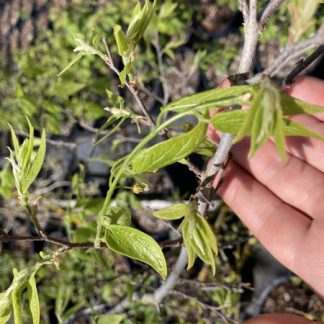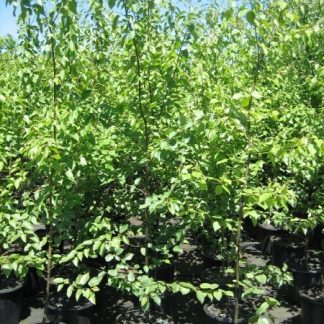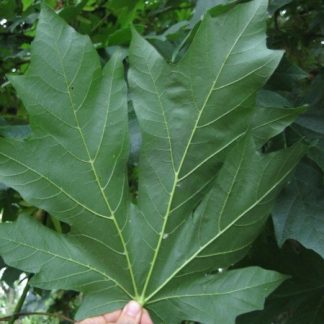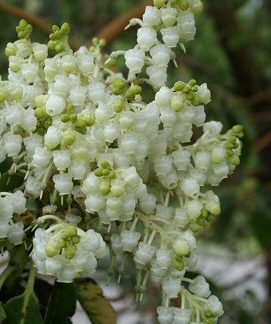Betula papyrifera
paper birch
Habit: single or multi-stemmed small to medium-sized tree usually retaining the lower branches, multi-stemmed trees are relatively common as a result of browsing. It occurs in forests with a slender trunk and a narrow, open crown of slightly drooping to nearly horizontal branches. In openings it is found with a rounded crown spreading out from near the base. Leaves are ovate to heart shaped, toothed and pointed at the tip. They are a dull, dark green above and paler on the underside turning yellow to orange in fall. Bark is reddish-brown on saplings turning chalky white on mature trees that peels into thin papery layers, exposing an under bark which is a pale orangeish brown. The paper birch has both male and female flowers arranged into separate catkins. The seeds are tiny winged nutlets, which ripen in early August to mid September.
Ecology: paper birch is a northern species adapted to cooler climates and moderate elevations. It is found in open to dense woods and often found growing in sandy, gravely soils. Most abundant on rolling upland terrain, including lower open mountain slopes, rockslides, muskegs, and borders of bogs and swamps.
Growing Conditions: full sun to partial or dappled shade; prefers moist well drained slightly acid sandy loam soils though it can adapt to a variety of soil types. It is not tolerant of pollution or difficult sites including shade, drought, compacted soils, or areas with high air temperatures.
Betula papyrifera is an important moose browse throughout most of its range. Numerous birds and small mammals eat the buds, catkins and seeds.
Specs
Deciduous Tree
70-80 ft (21-24m)
20-35 ft (6-11m)
2-7

